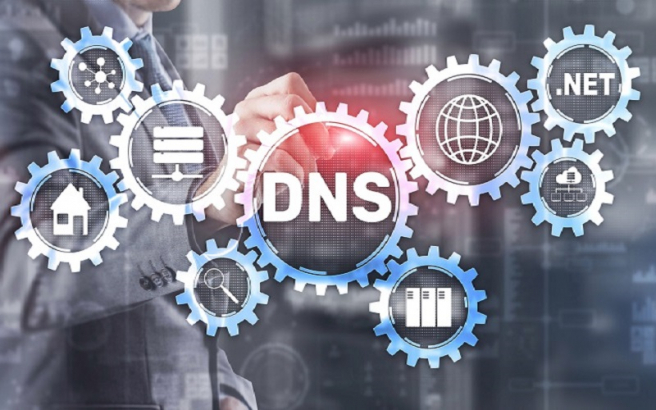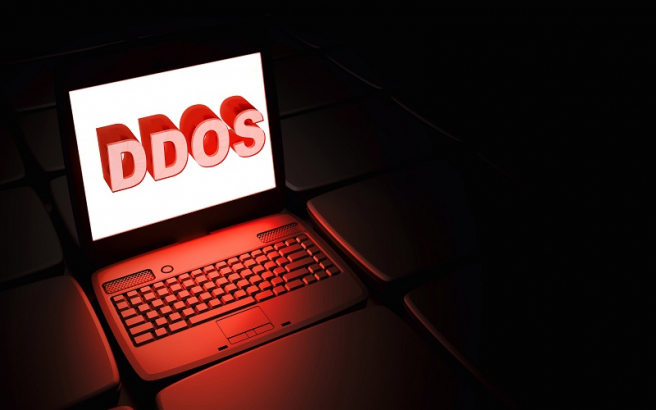Threat analysis study: Hive
Posted on 20/12/2021, by
INCIBE (INCIBE)

The malicious code of the ransomware known as ‘Hive’ represents a threat to all users, as it implements encryption functionalities on the information in an infected computer, making simple recovery of the data impossible. This threat attempts to use extortion to recover the information, demanding a payment and threatening publication of part of the stolen information on a blog through the network Tor if the payment is not forthcoming.
Etiquetas











